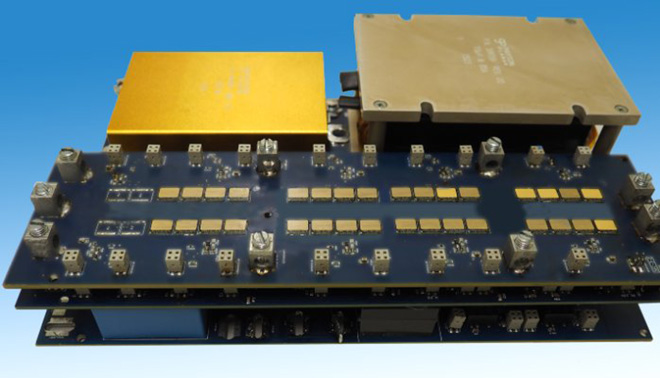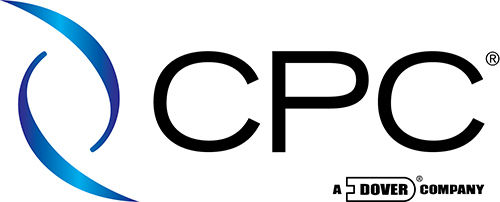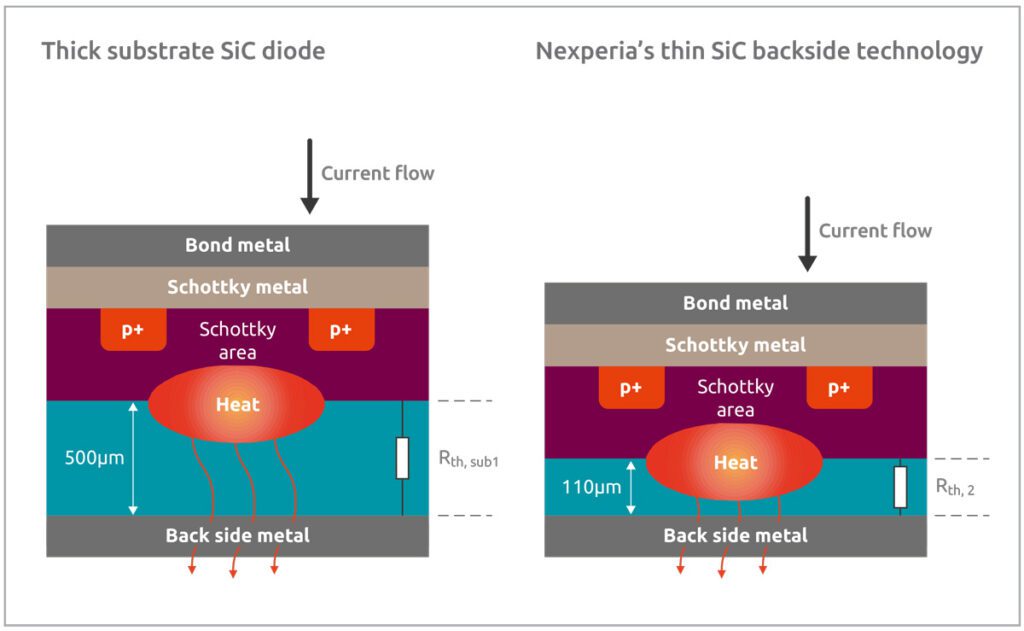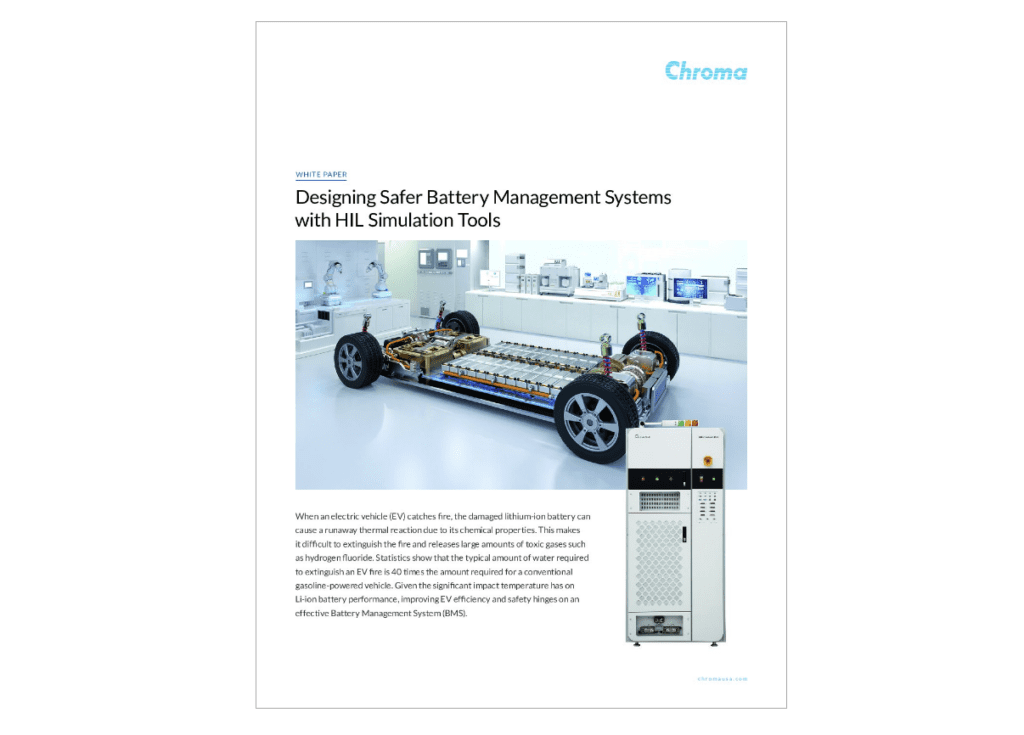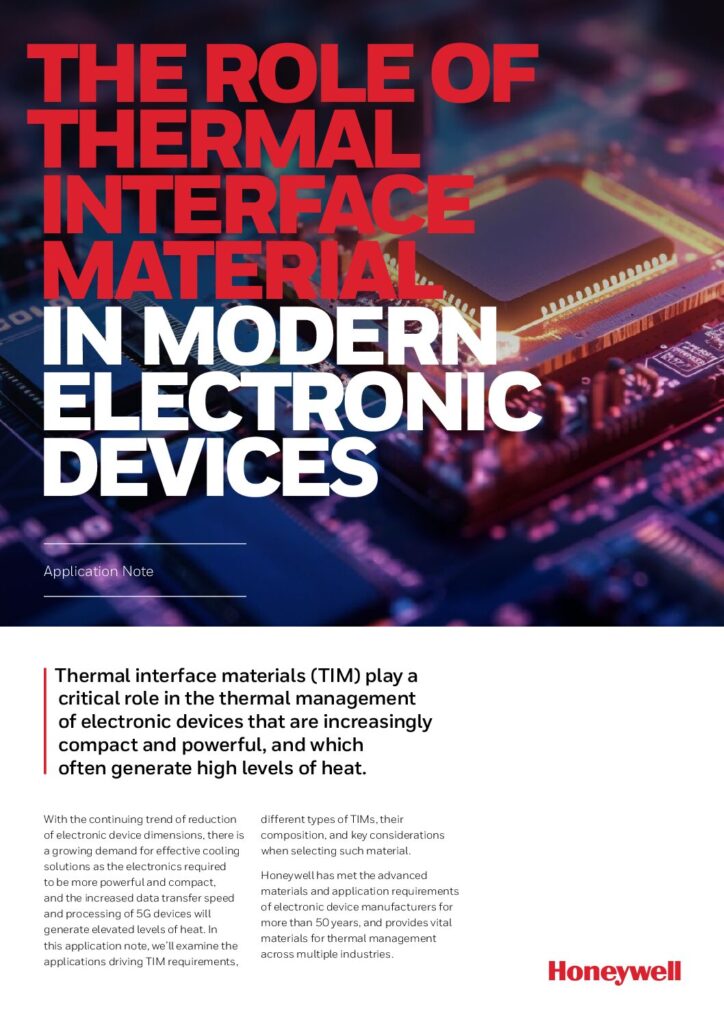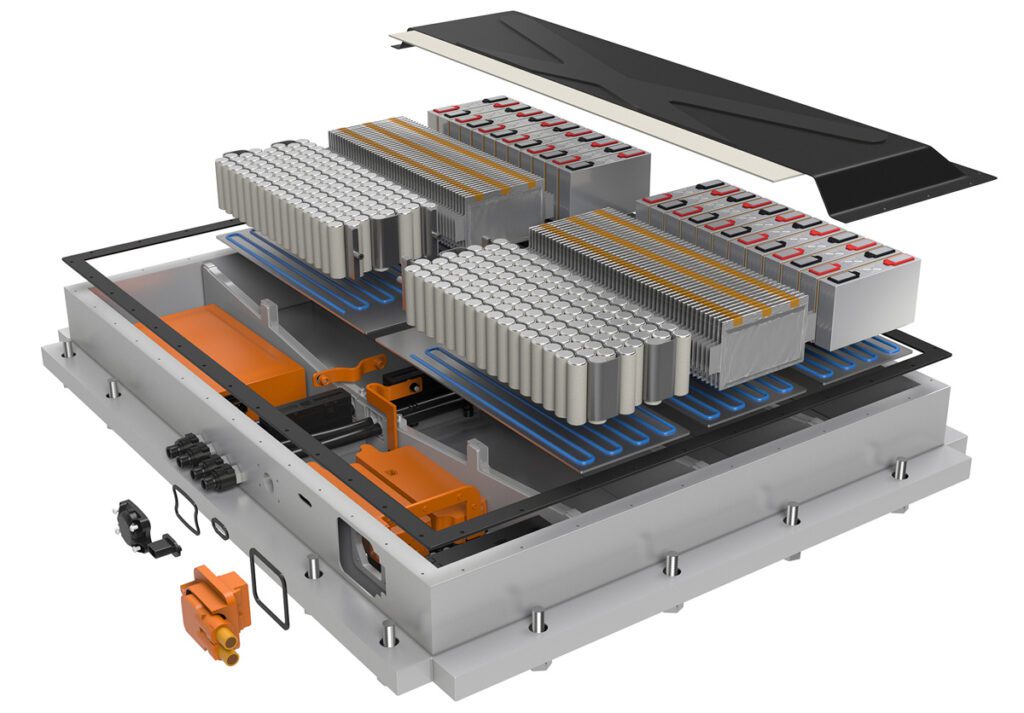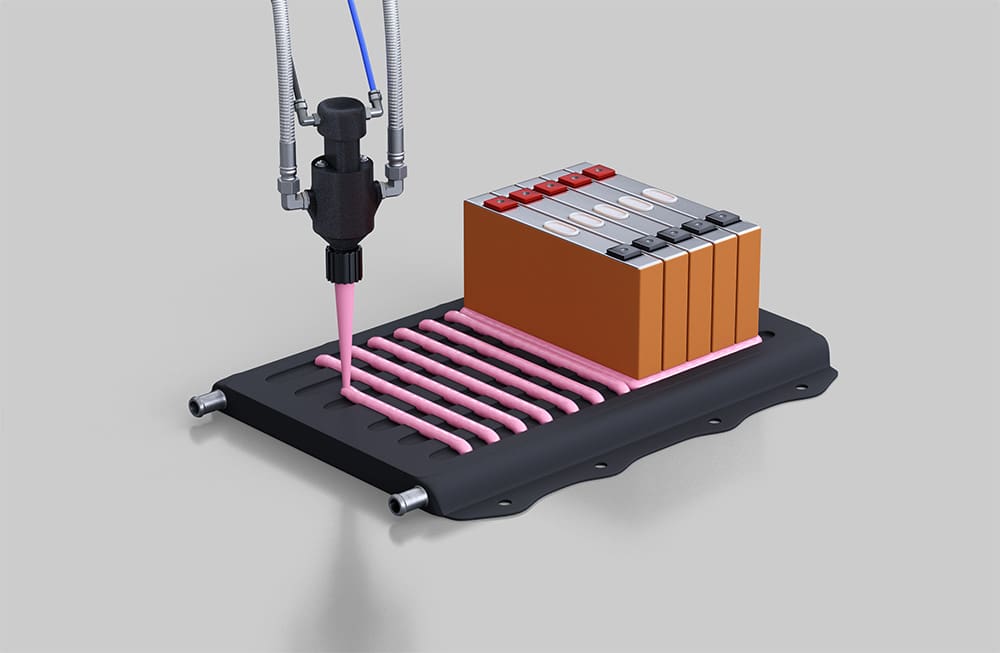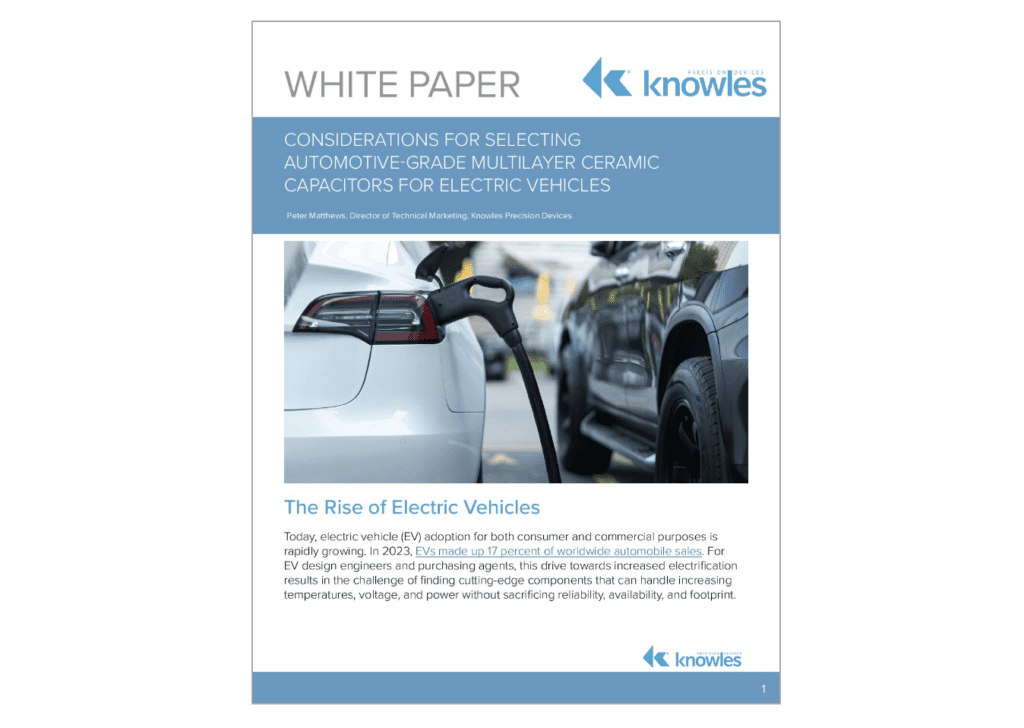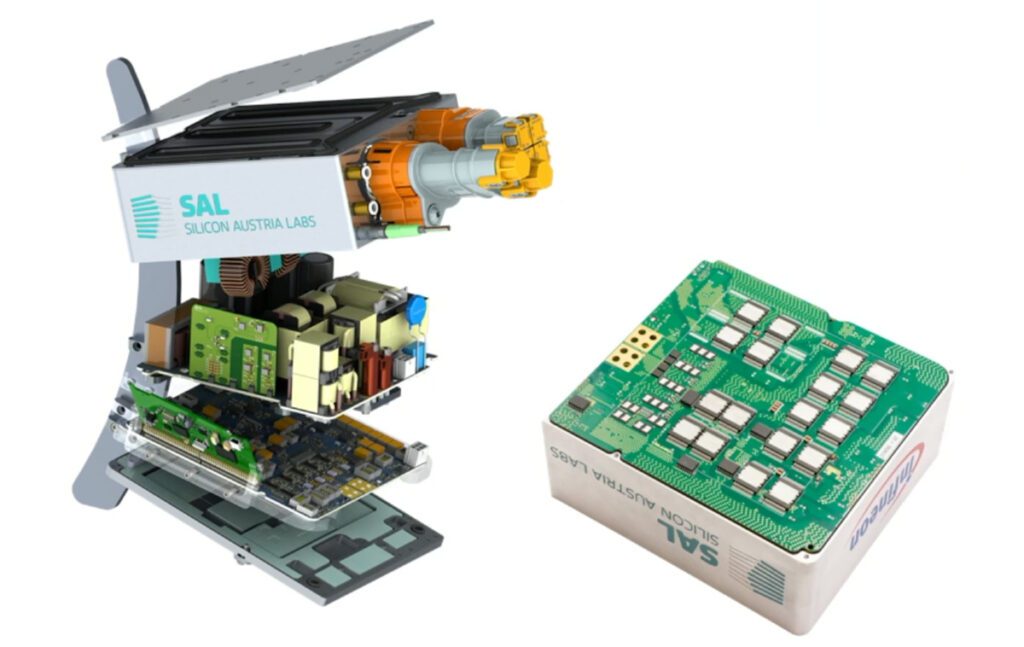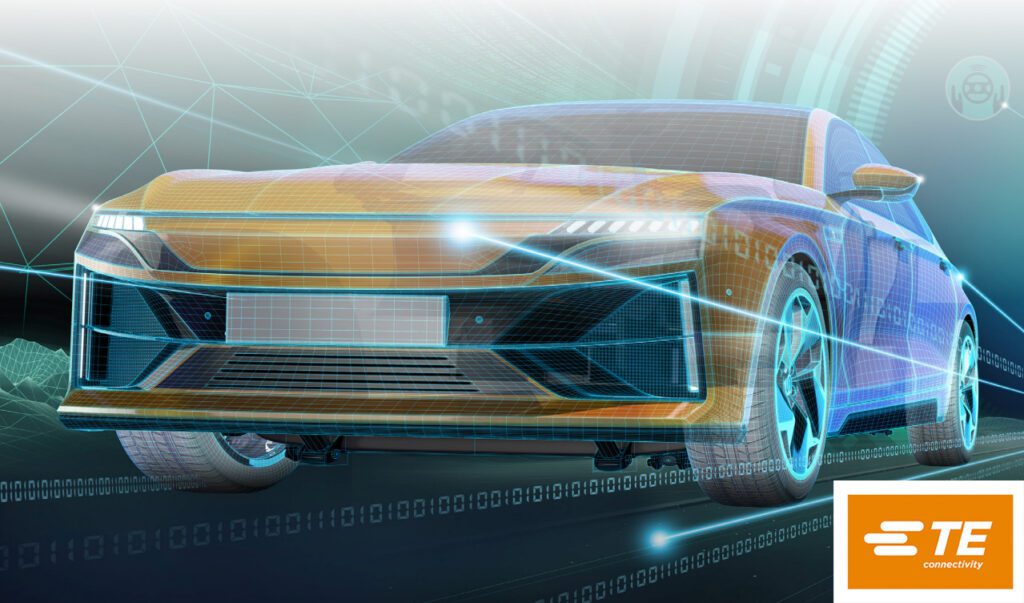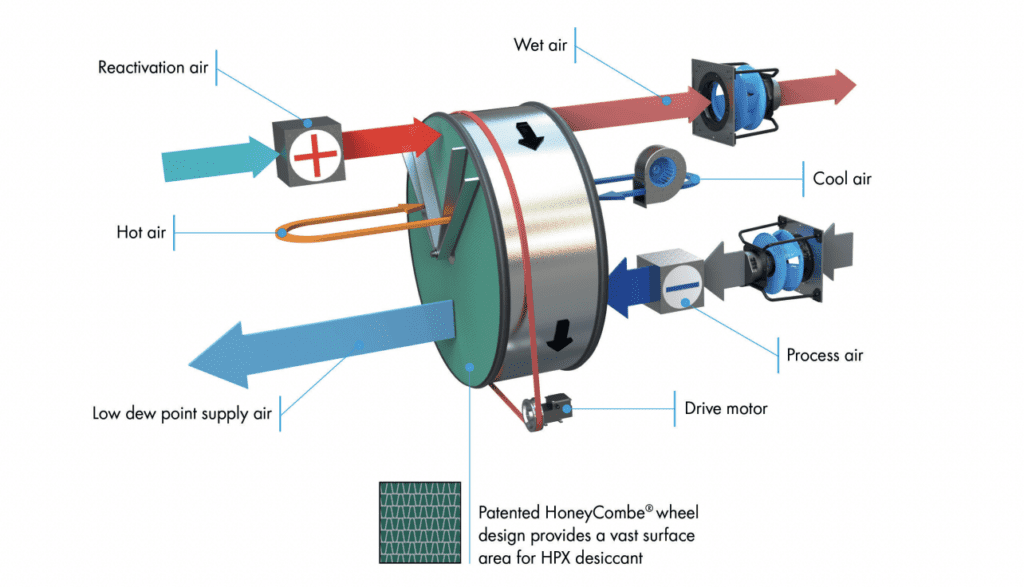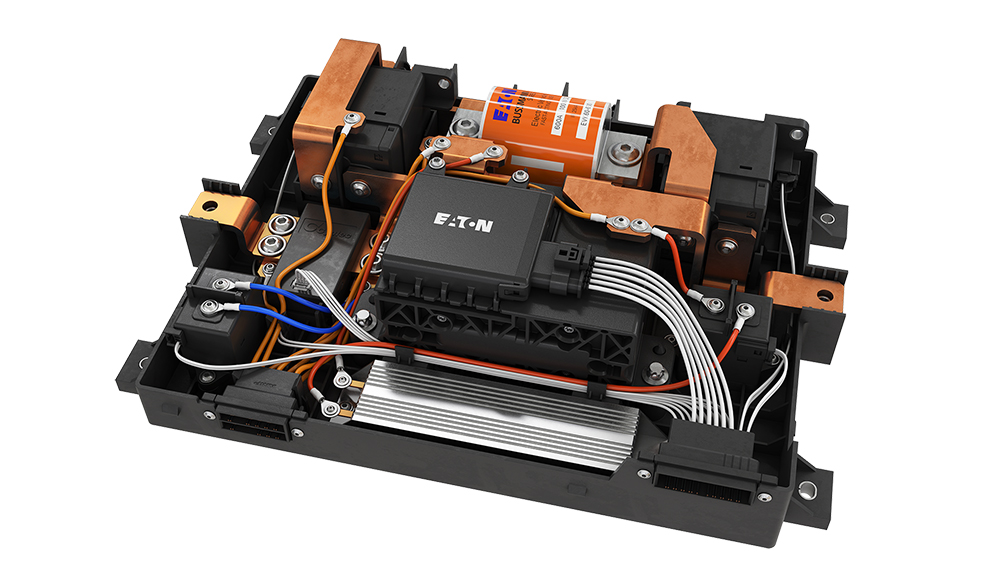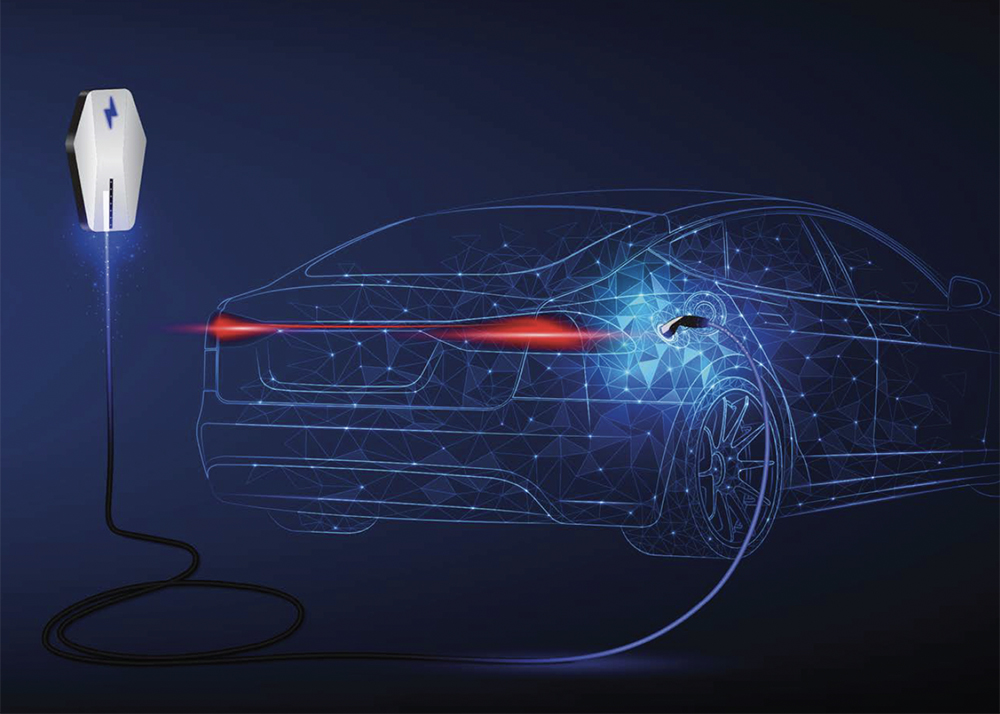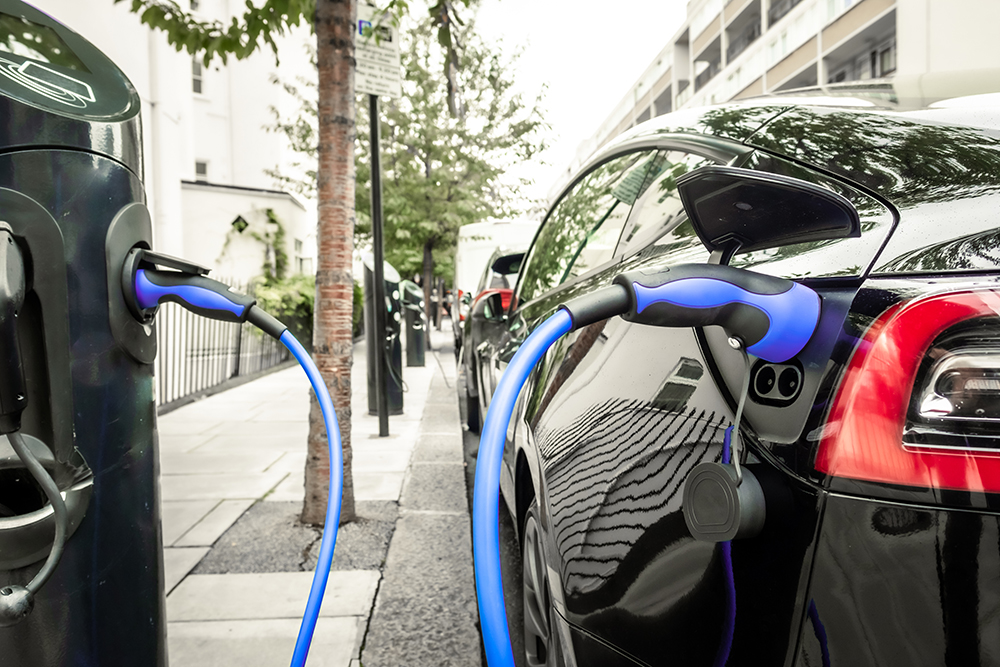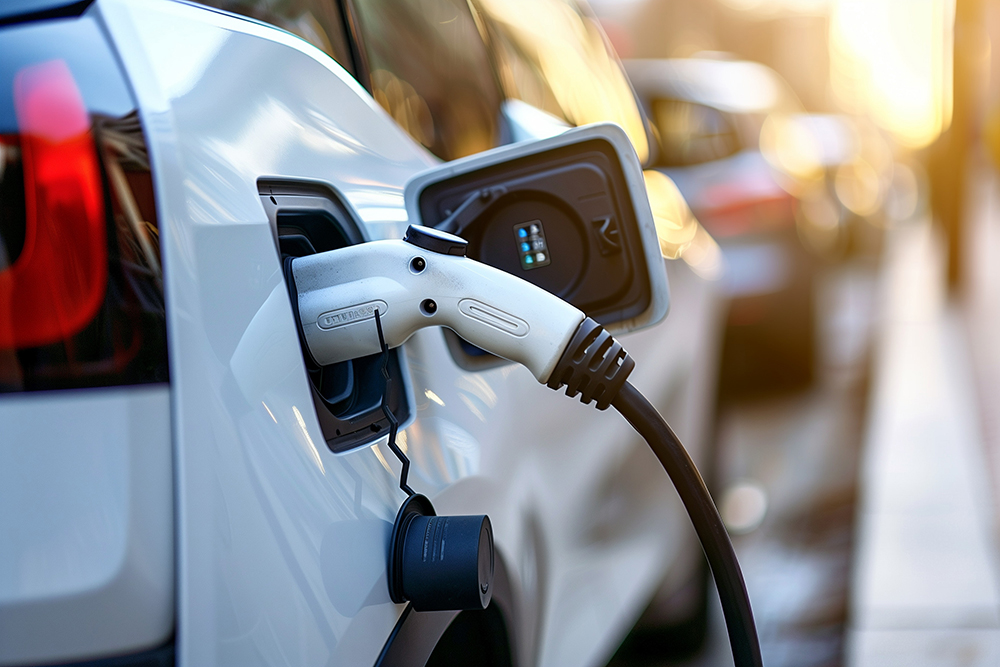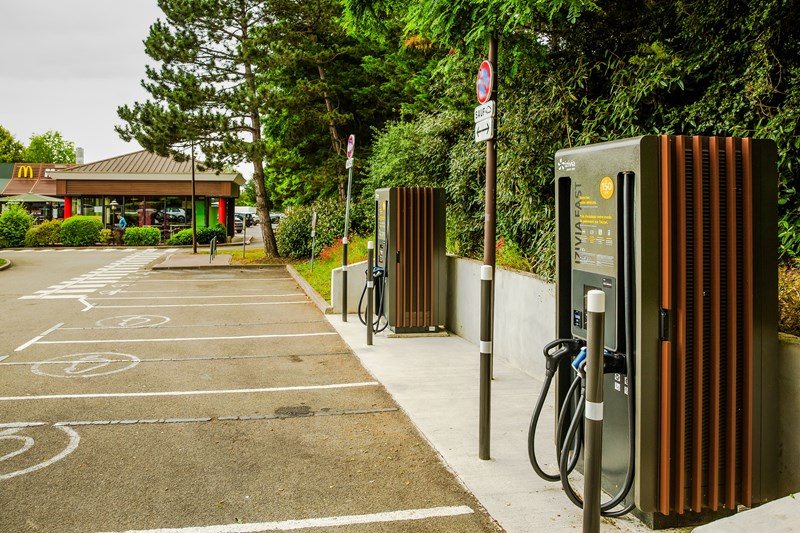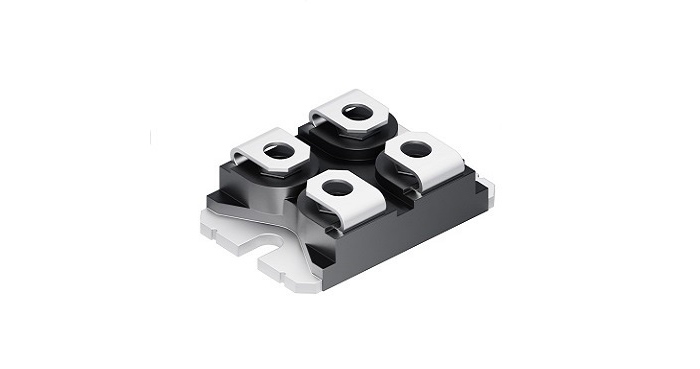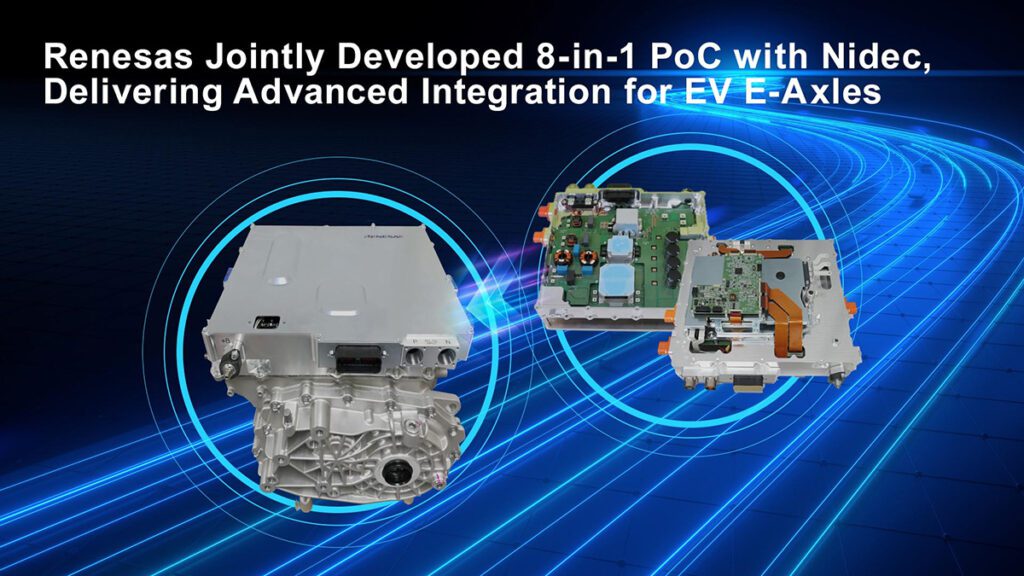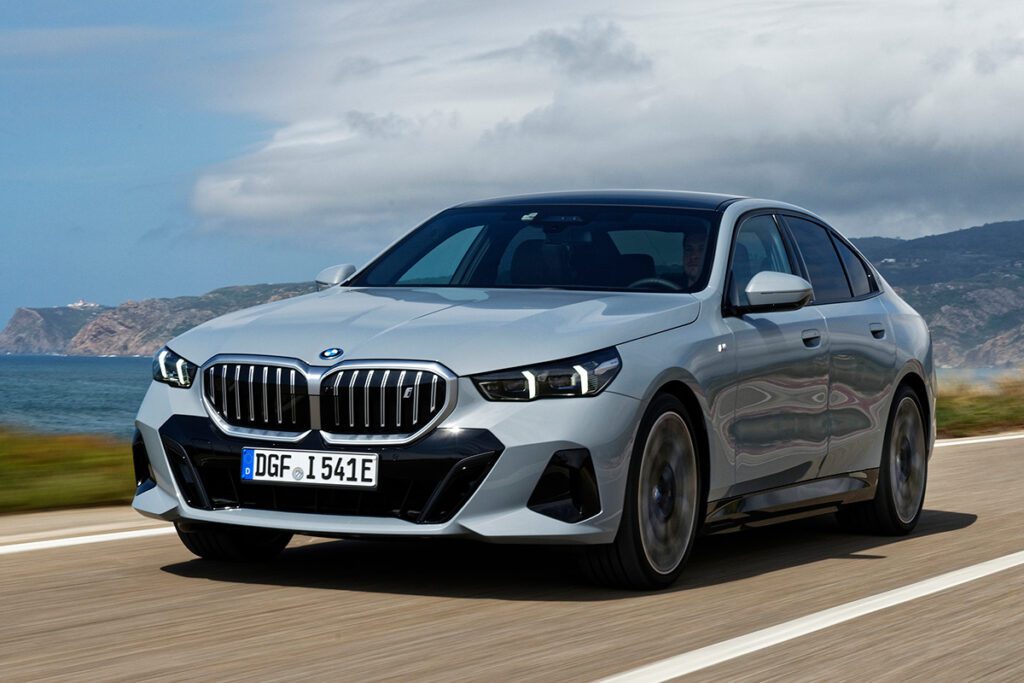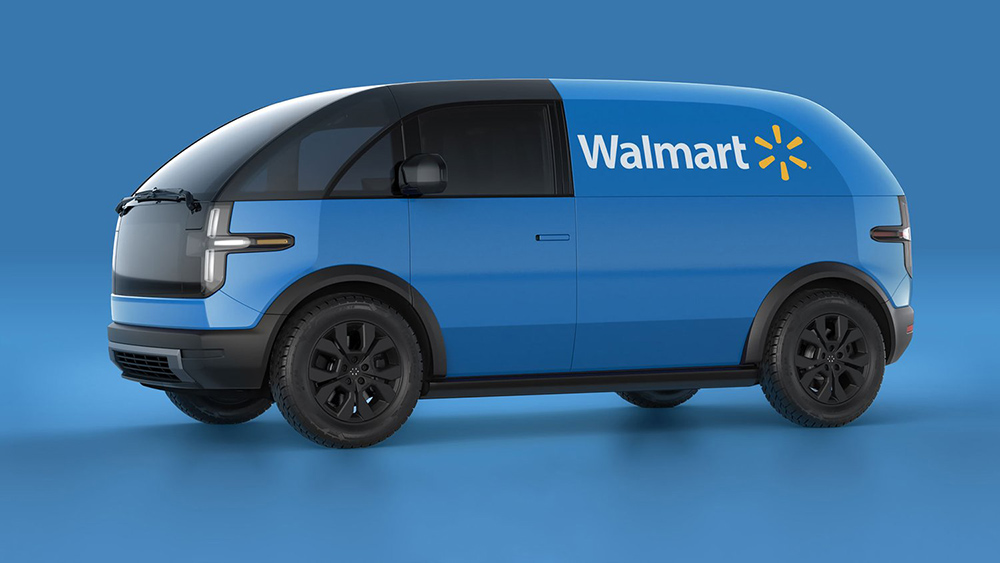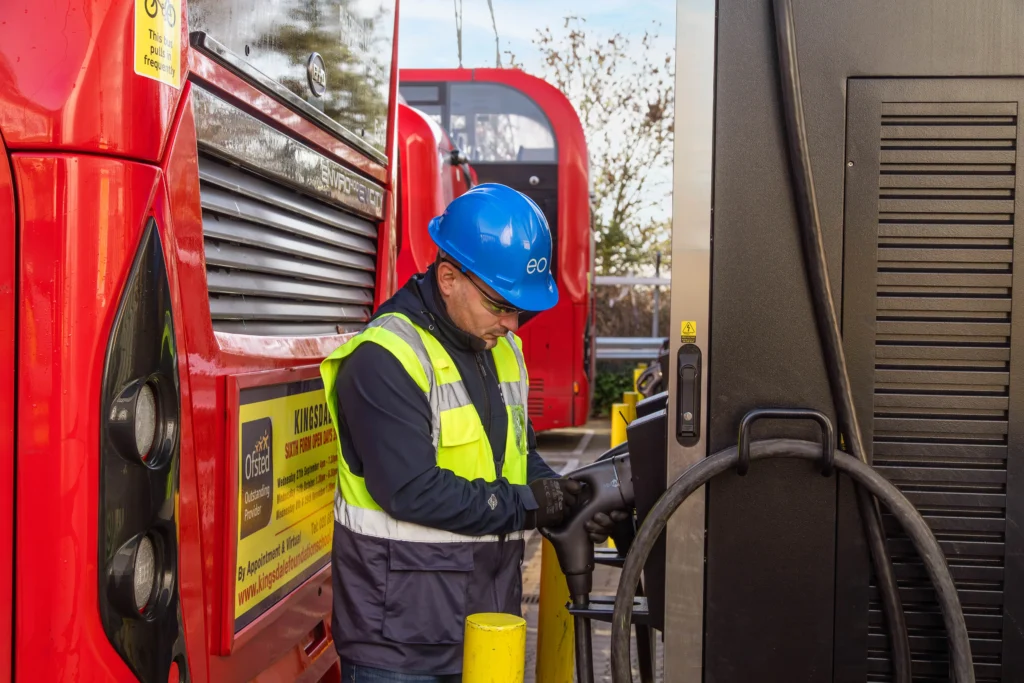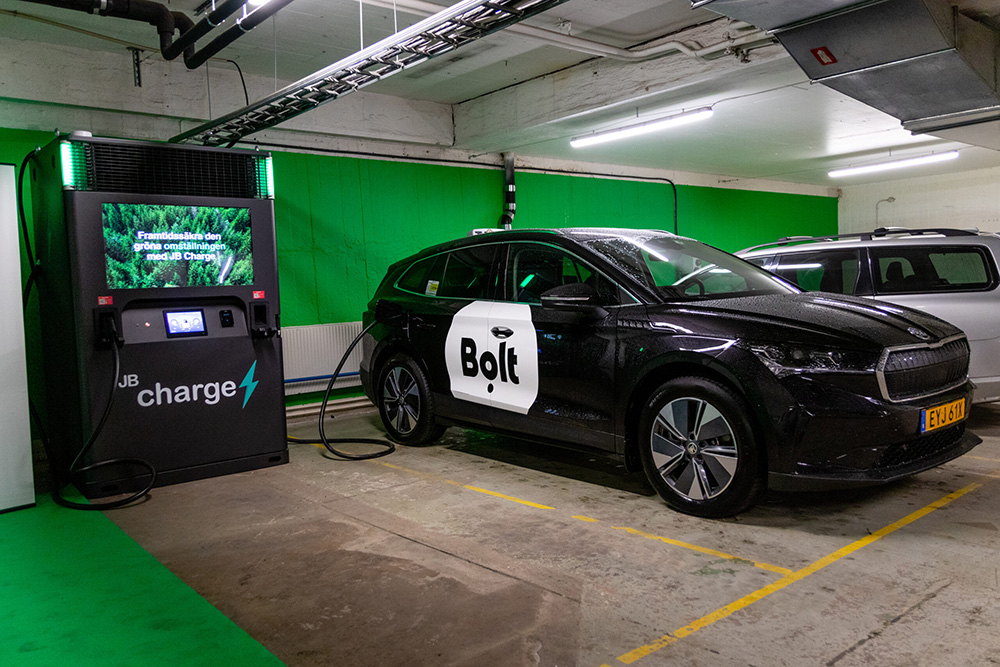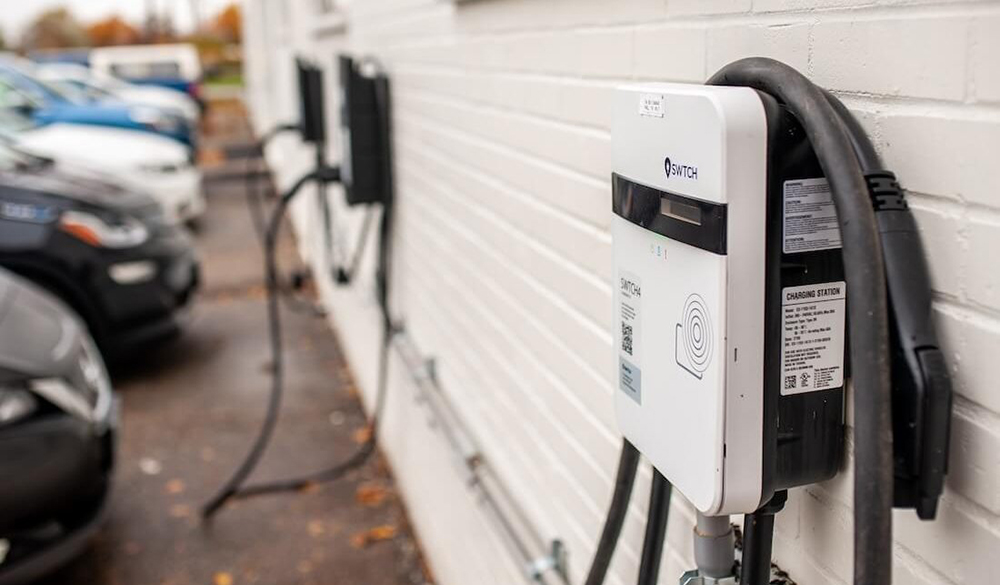Charging levels are headed higher, and greater efficiency could make it easier to top up tomorrow’s bigger batteries without straining the grid. Researchers at the Advanced Power Electronics Lab at Kettering University, in partnership with auto electronics giant HELLA, now report that they have built a Level 2 onboard charger with an efficiency of 97%, about three percentage points better than the current average.
The prototype charger uses power switches supplied by GaN Systems, based on gallium-nitride transistors, wide bandgap semiconductors that operate at higher voltages and temperatures than silicon.
According to Dr. Kevin Bai, an Associate Professor of Electrical Engineering at Kettering University, the key to the charger’s efficiency is a two-stage design, which allows the unit to be lighter and more compact than traditional three-stage chargers.
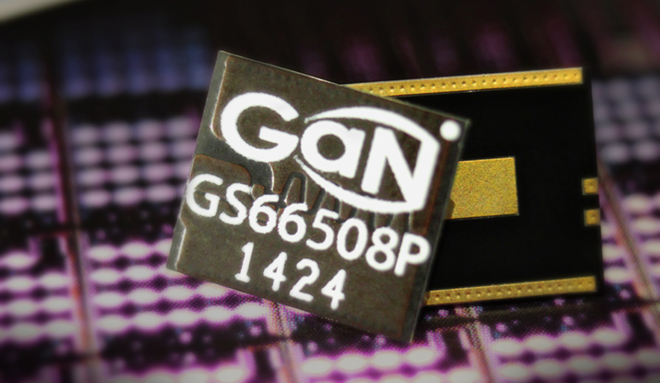
In a three-stage process, the charger converts AC voltage to DC, inverts the DC to high-frequency AC, then rectifies AC to DC again, losing about 2% of the power at each stage.
SEE ALSO: PowerAmerica offers funding for wide bandgap semiconductor projects
Dr. Bai said, “The switching performance we observed with the GaN Systems parts was marvelous. Using these devices, our power electronics exhibited a power density greater than 2.6 kW/l.”
HELLA’s Manager of Advanced Engineering, Matt McAmmond, added, “The results of this collaboration are gratifying and commercially important, because they provide HELLA with a path to ultra-compact and lighter EV charger designs.
Source: GaN Systems via Electronic Design




